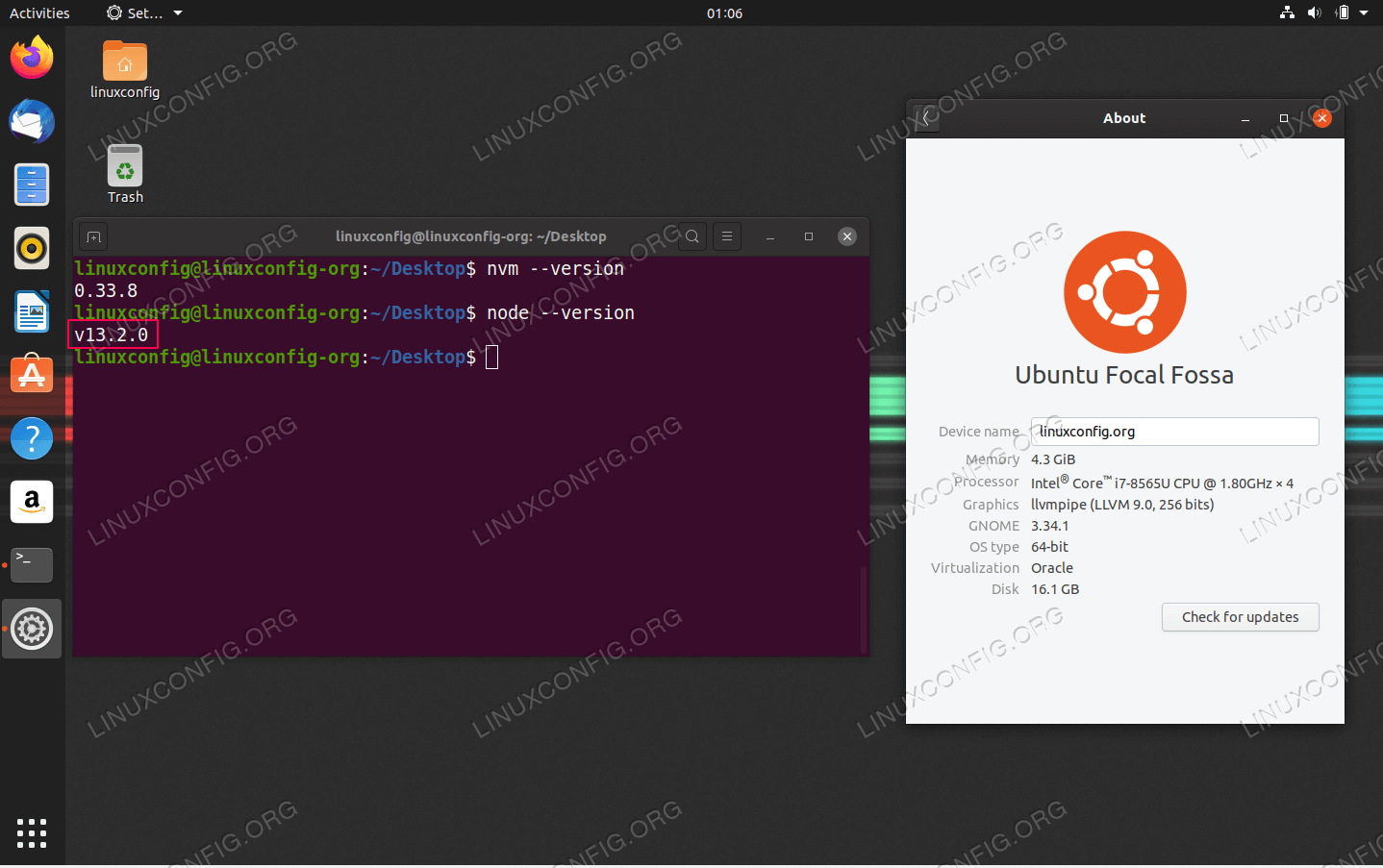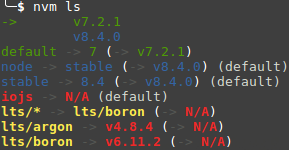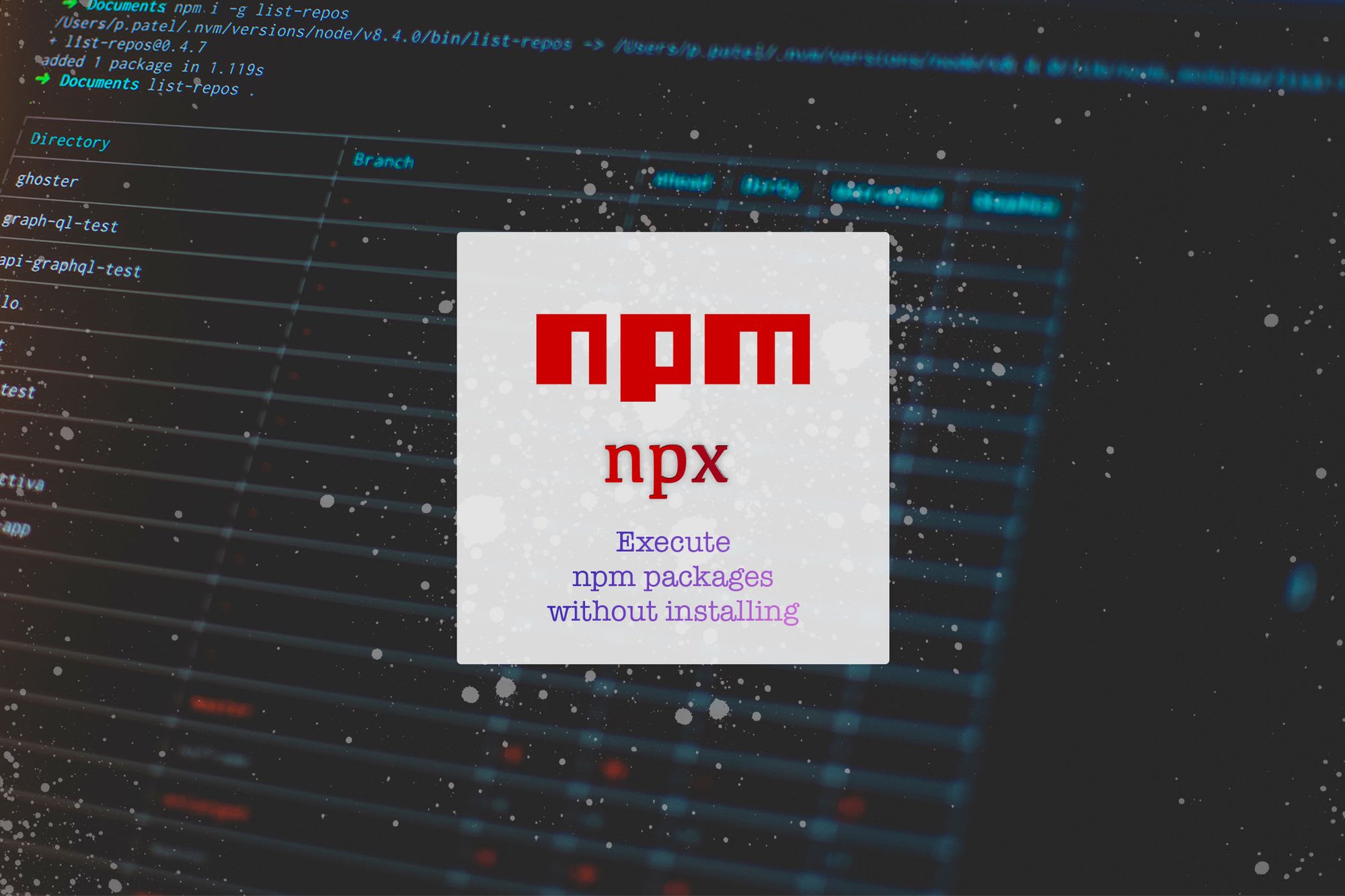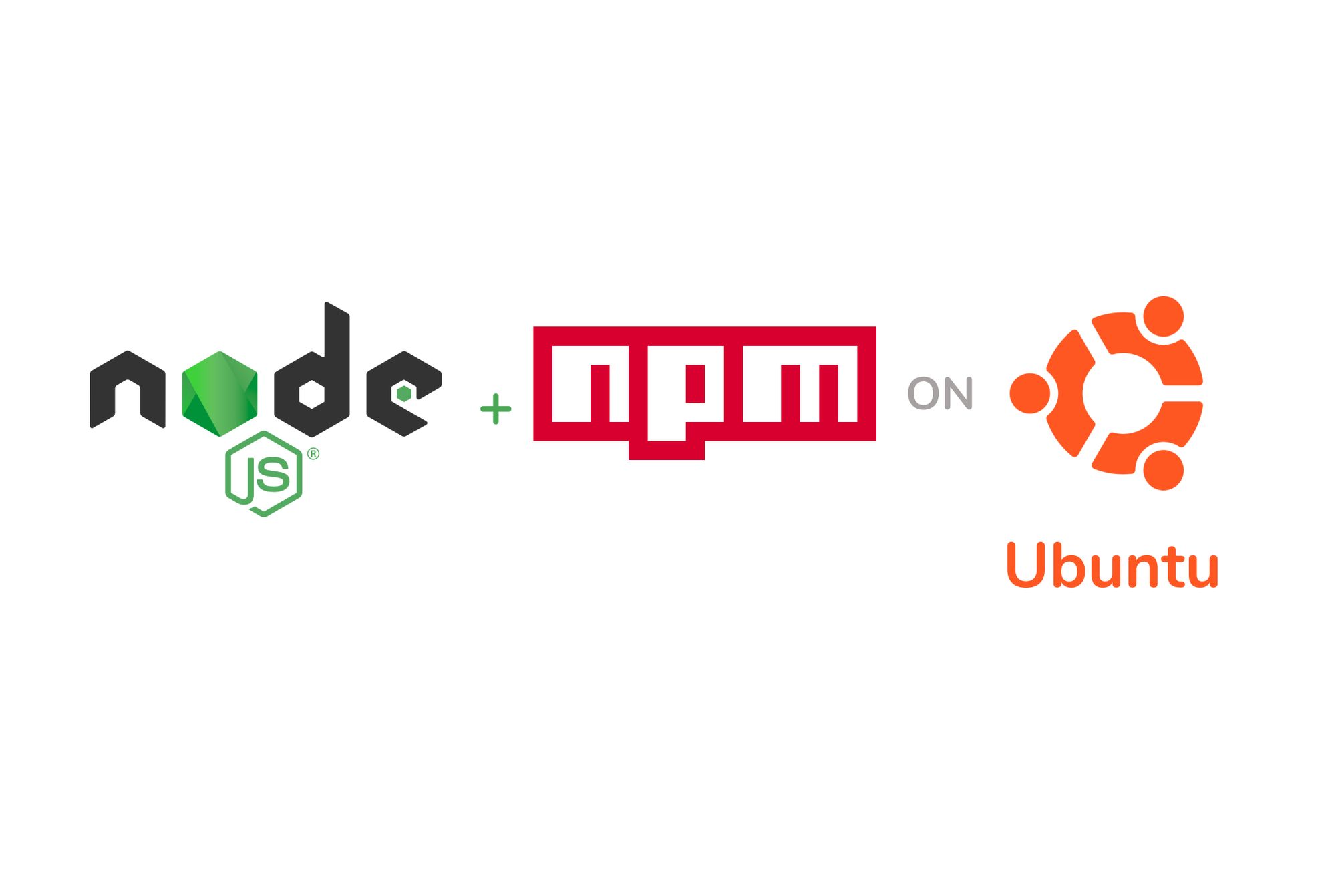

- Nvm install node version 4 mac os#
- Nvm install node version 4 code#
- Nvm install node version 4 download#
This will download and install the latest v5.1.x release. To install a new version of Node using NVM, just run the install command: $ nvm install 5.1 bash_profile and manually fix it yourself. bash_profile, so I had to activate NVM manually each time I opened a shell, so watch out for this problem.


I've had problems on some systems in the past where the source line didn't get properly added to. These commands will download and run the installation script directly from the Github repository.Įssentially, this installation script will download the NVM repository in to the ~/.nvm directory and add the source line to your shell profile ( ~/.bash_profile, ~/.zshrc, or ~/.profile). Or, by using the wget alternative: $ wget -qO- | bash Execute the following command, and then click "Install".įinally, you can install NVM with: $ curl -o- | bash On OSX the only dependency you need is the command line developer tools. $ sudo apt-get install build-essential libssl-dev But first, you'll need to install a few dependencies if you don't have them already. The easiest way to install NVM is to run the following command from your terminal. There are, however, a few alternatives created mimic the functionality of NVM: nvmw and nvm-windows. This means it isn't natively compatible with Windows, unfortunately. Since it is written as a bash script, it's only available for OSX and Linux. NVM is basically just a few bash scripts that help you install, uninstall, and link different Node binaries. So if you're maintaining a library you created you can easily go back to any version of Node and test it out or create a patch. With NVM, there is no need to manually install and uninstall versions like you used to.Īlso, every time you install a new Node.js version, you also get the corresponding npm package with it, so there's no need to worry about compatibility there.Įach version you install remains on the system and can be accessed at any time. Node Version Manager (NVM) is a utility to help you quickly install and switch between Node versions. So if you were doing any development with io.js or v1.0.x+ versions then you'd have to switch back and forth between Node/io.js versions to use Ghost.īetween the fast-paced releases and having to support multiple versions of Node, there's got to be an easier way to switch between versions. This became a big problem for developers needing to support multiple versions of Node for their libraries and for users who had to switch between versions for different software.įor example, the popular blogging platform Ghost only supported v0.10.0 and v0.12.0 for a long time. Installing Node isn't the easiest process, or at least it isn't convenient to constantly be uninstalling and reinstalling it every few days. A big part of this jump was the merging of io.js in to Node, which was under much more rapid development. There were 35+ releases in that time period, with each one adding some significant functionality or bugs fixes. js version or keeping two versions, you almost always should go with updating it.Within the past 6 months alone, Node.js has gone from v0.12.x to v5.1.x.
Nvm install node version 4 code#
This is useful when you have to maintain legacy code that doesn't support newer version of Node. NVM, or Node Version Manager, is a command line tool for you to manage multiple instance of NPM and Node. And yes, this should work for any module, not just npm, that you want to be "global" for a specific version of node.

It's nvm install-latest- npm or nvm install -latest- npm. Similarly one may ask, does NVM install NPM? And NVM should now be installed in your system! Once it's open and running, you should see the TERMINAL window similar to this. Then type terminal and press the enter key on your keyboard.
Nvm install node version 4 mac os#


 0 kommentar(er)
0 kommentar(er)
